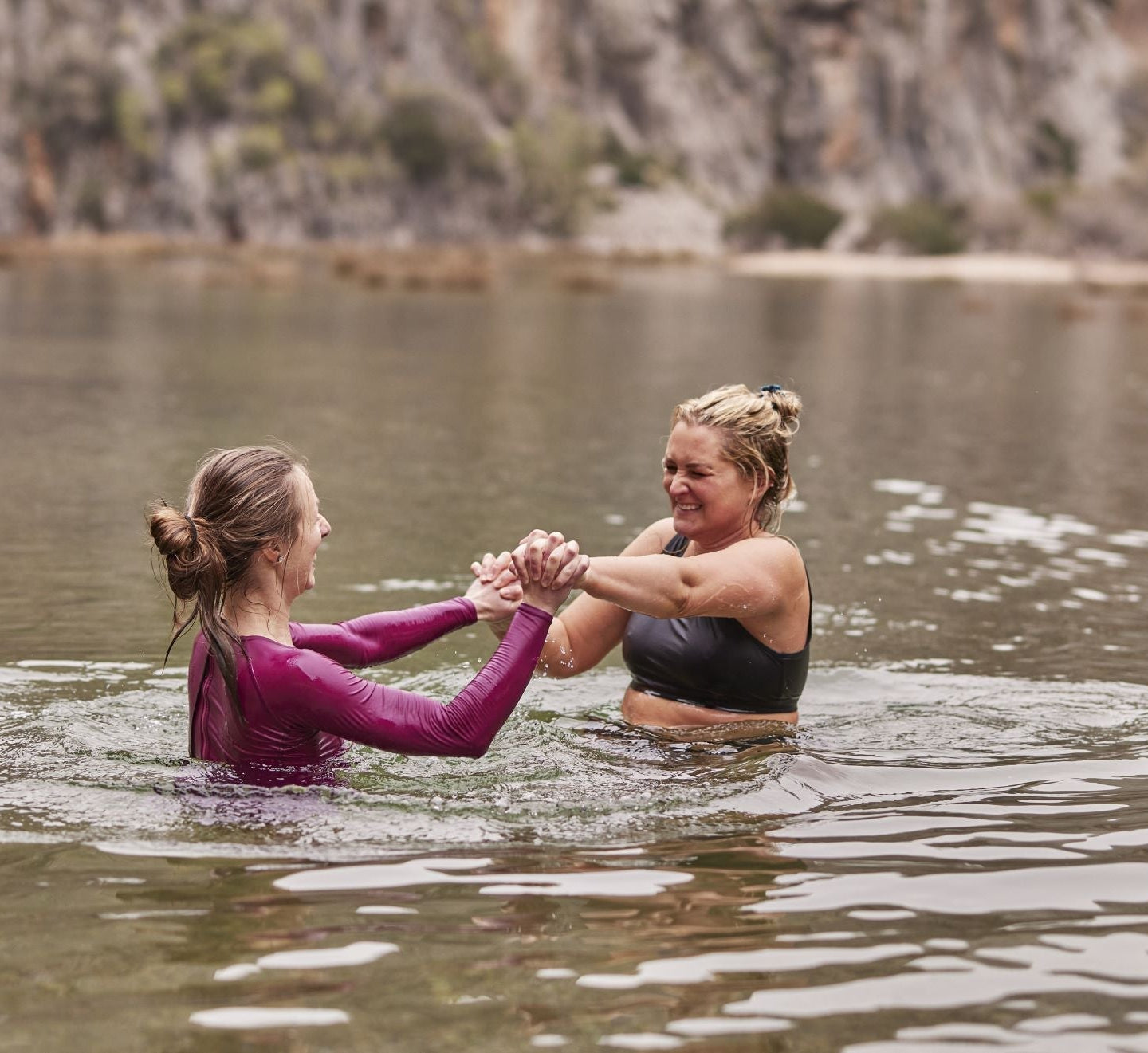
Outdoor swimming brings joy, health benefits, and a need for knowledge. Get tips before diving into lakes, rivers, and waves
Outdoor swimming is more popular than ever these days! More and more of us are re-discovering the child-like joy of swimming in lakes, rivers and waves. Never mind all the health benefits!
But like most outdoor activities, it’s sensible to have a bit of knowledge under your belt before you take the plunge for the first time. We’ve put together some tips on how to enjoy wild swimming safely, with help from our friends at the Outdoor Swimming Society Alpkiteer Colin Hill and the Alplit team.
10 Wild Swimming Safety Tips
- Research your spot
- Check the weather forecast and tide times
- Tell someone where you’re going
- Don’t swim alone
- Check the water conditions
- Dress for the swim length and conditions
- Bring safety equipment
- Get in slowly
- Know your limits
- Bring warm clothes and a hot drink
1) Research your spot

When we think of wild swimming, we nearly always think of some deserted mountain tarn (or glyn or lochan!) glinting enticingly in the sun. Following the crowd might sound like the last thing you want to do, but it always makes sense to swim in well-known spots when you’re first dipping your toes outside.
Guidebooks (like Wild Swim by Kate Rew) and websites, social media groups and forums, and old-fashioned word of mouth are a great way to find safe local swimming spots and learn of any hazards that may be present. If you’re swimming in the sea for the first time, it’s always safer to head to a lifeguarded beach. You can always head somewhere more remote when you’ve got a bit of experience under your belt (or tow-float waist strap!).
The first thing you should do when you arrive at your swim spot is scan the area for hazards (bouncing rocks, fallen trees, tangly weeds and toxic blue-green algae) and identify some exit points – it’s no different to planning escape routes on a hill walk.
2) Check The Weather Forecast And Tide Times

Swimming spots can change considerably depending on the weather. Water temperature will be your main determining factor, but cool air temperatures and wind can have a significant chilling effect – as well as whipping up some serious chop.
The Outdoor Swimming Society (OSS) warn that “rainfall can drastically alter the risk profile of a river swim. For example, high rains before your swim can bring faster currents, pollution, and change a river from one where it was possible to swim back upstream to a getting out point to one where you are swept along by the current.” And when swimming in the sea, you should only ever swim in an incoming tide (moving from low tide to high tide). Magic Seaweed provide detailed tide forecasts and timetables.
If you’re swimming in rivers, check which way the current is flowing first and gauge whether you can swim faster than it. The OSS advise that you “see where the current is fastest, see where is shallow and where is deep and throw sticks or leaves in to check the speed of the flow.” If you’re swimming in the sea, learn how to identify rip currents and best practice for dealing with them.
3) Tell Someone Where You’re Going

It’s always a good idea to let someone know where you’re going if you’re doing anything remotely risky outdoors – and that definitely applies to swimming in freezing cold bodies of water! The RNLI recommend using the RYA SafeTrax App. This tracks your swim and alerts the emergency services if you don’t get home on time.
4) Don’t Swim Alone

Author of Swimming Wild in the Lake District Suzanna Cruickshank says "never swim alone. Besides, it is more fun swimming with a friend!" Swimming with someone else means you can keep an eye on each other, and there’s always someone on hand to ring for help if either of you get into trouble. It’ll also be more of a laugh – that’s important too!
But don’t forget that physically strong pool swimmers may feel ‘out of their depth’ in open water. Water conditions could affect their confidence in the water.
5) Responsible Use

Can you do this swim without negative impact? Think broadly here: this may mean avoiding crowded ‘honeypots’ and going elsewhere or washing, cleaning and drying all swim kit to avoid the spread of invasive species.
6) Dress For The Swim Length And Conditions



You can probably get away with just swimwear for quick dips or shorter swims in summer and autumn – the water temperature is usually at its warmest by mid-Autumn. Our women's natural rubber Tarka swimsuit is a nice transitional piece, just enough insulation to keep your core warm without impacting your natural buoyancy. Our shorty wetsuit Straven is a good choice when you want to get in and out of your suit quickly and maintain that close connection with water. For longer swims, especially in the colder months, you will need a wetsuit. Our neutral Terrapin and buoyant Lotic wetsuits are both designed for year-round short to medium length swims. Whereas our insulated Silvertip wetsuit is designed for longer swims and colder water. You can find out more in our guide to outdoor swimming wetsuits.
If you swim year-round in mountain waters and tarns we recommend that you cover all extremities: hands, feet and head for longer swims. For more leisurely swimming? Wear a bobble hat!”
7) Bring Safety Equipment

“Tow-floats are a handy bit of kit to improve your safety,” says Alpkiteer and Open Water Swimming Guide Colin Hill. “By wearing a tow-float, you are more visible if there is boat traffic on your body of water. And if you get cramp or need a bit of a rest, you can float on them like my kids do! They aren’t life saving devices, but they do help with visibility and support if needed.”
It’s always a good idea to wear a brightly coloured swimming cap for extra visibility. And you can take your phone in a waterproof pouch – just in case you need to contact someone in an emergency. Ear plugs and nose clips help keep out waterborne nasties in unclean water. And some people swear drinking a can of coke kills anything that might unsettle your stomach (but the jury's out on that one!).
8) Get In Slowly

Your body can go into cold water shock in any temperature below 15°C (the average UK sea temperature is just 12°C). Your body produces an involuntary gasp reflex if you jump or fall suddenly into cold water. Getting in slowly allows your body to adjust and gives you a chance to control your breathing. Splashing yourself with water in the shallows also helps your body to adjust to the water temperature. You can ‘help’ your mates by splashing them too!
9) Know Your Limits

Colin Hill knows a thing or two about staying safe in the water. As well as being an experienced swimming guide and event organiser, he completed a solo crossing of the English Channel in 10 hours 30 minutes. Colin says, “know your limits – you should be a confident swimmer when you’re dipping into open water for the first time. The depth can go from knee deep to very deep in one step and you can’t always see the bottom.”
Keeping close to the river bank or lake/sea shore means it’s easier to get out if you get cold, tired or stuck in a current. “Start with really short distances and build up as your experience grows,” says Colin. “This will help with judging how you cope with the cold and fitness.” Hypothermia is rare for shorter swims (around 30 minutes) but wobbly arms and legs from cold muscles is pretty common in open water.
10) Bring Warm Clothes And A Hot Drink

Pack a towel and some warm, dry clothes so you can get changed as soon as you get out. You want to get warm and dressed as quickly as possible. There’s nothing worse than getting tangled and stuck trying to get underwear on! Wear loose/baggy warm clothing that’s easy to pull on afterwards.
Warm drinks might not warm your core up on a strictly medical basis, but you’ll definitely feel warmer with a steaming mug of tea, soup or hot chocolate. Or you could bring a Brukit camping stove so you don’t end up with the infamous stale ‘flask tea’! A sugary treat always goes down well too, if there are no cafes nearby.

![Straven [Womens]](http://alpkit.com/cdn/shop/files/womens-straven-2025-1.jpg?v=1744723504&width=768)
![Straven [Womens]](http://alpkit.com/cdn/shop/files/womens-straven-2025-3.jpg?v=1744723500&width=768)
![Tarka Wetsuit [Mens]](http://alpkit.com/cdn/shop/files/mens-tarka-2025-1.jpg?v=1744723498&width=768)
![Tarka Wetsuit [Mens]](http://alpkit.com/cdn/shop/files/mens-tarka-2025-4.jpg?v=1744730706&width=768)
![Tarka Wetsuit [Womens]](http://alpkit.com/cdn/shop/files/womens-tarka-2025-1.jpg?v=1744723496&width=768)
![Tarka Wetsuit [Womens]](http://alpkit.com/cdn/shop/files/womens-tarka-2025-3.jpg?v=1744730715&width=768)
![Terrapin Natural Swimming Wetsuit [Mens]](http://alpkit.com/cdn/shop/products/mens-terrapin-e.jpg?v=1695745450&width=768)
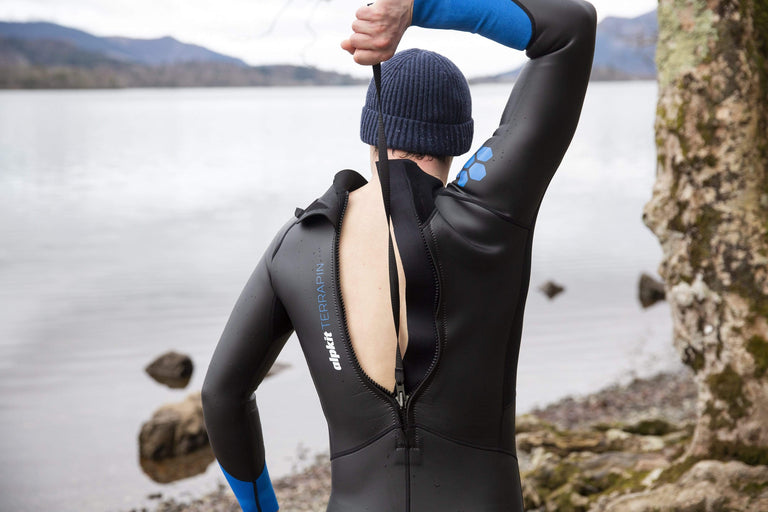
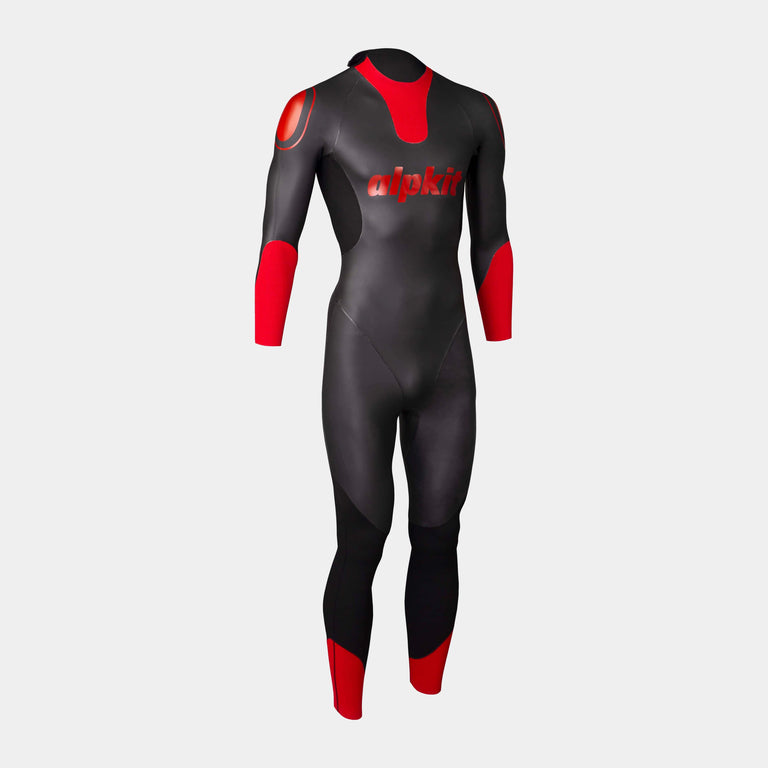
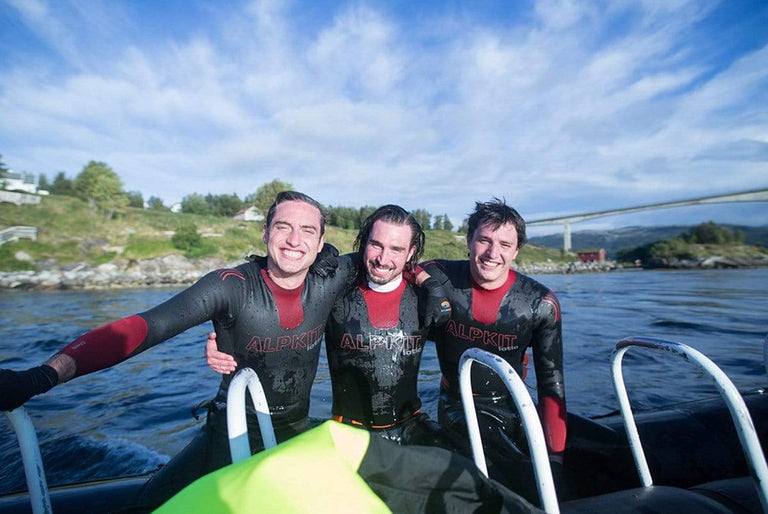

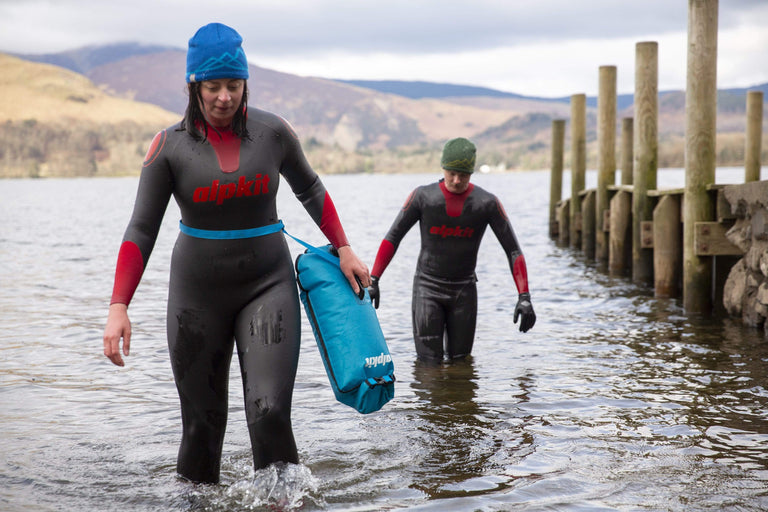
![Silvertip Cold Water Wetsuit [Womens]](http://alpkit.com/cdn/shop/files/silvertip-womens.jpg?v=1706614008&width=768)
![Silvertip Cold Water Wetsuit [Womens]](http://alpkit.com/cdn/shop/files/SWAKSILTSC-neoprene-outdoor-swimming-cap-in-water_758f3933-2d1a-471a-a965-24105416e9b2.jpg?v=1706614013&width=768)
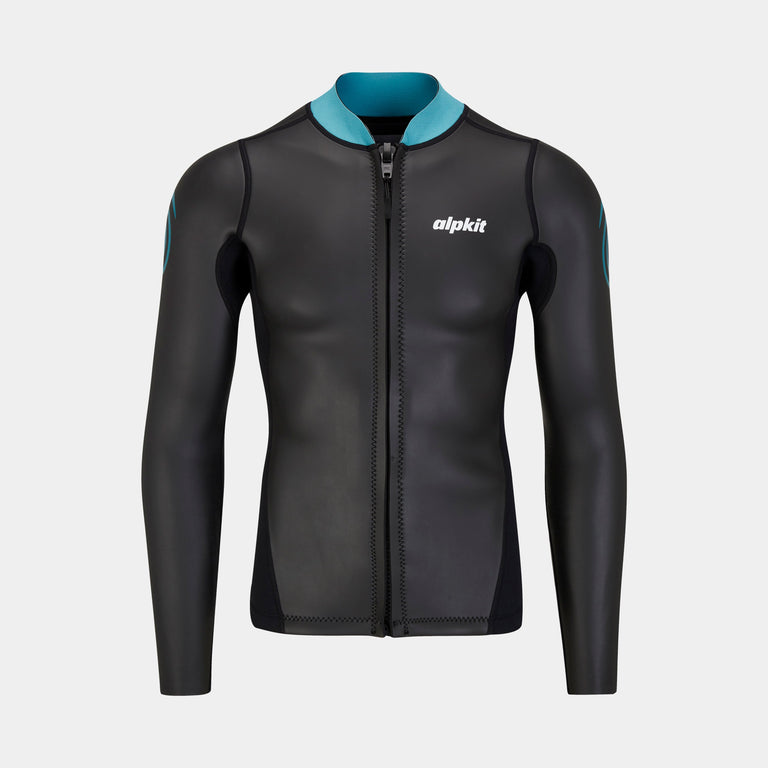
![Element Wetsuit Jacket [Mens]](http://alpkit.com/cdn/shop/products/element-mens-jacket-pants-ecom-2.jpg?v=1695902047&width=768)
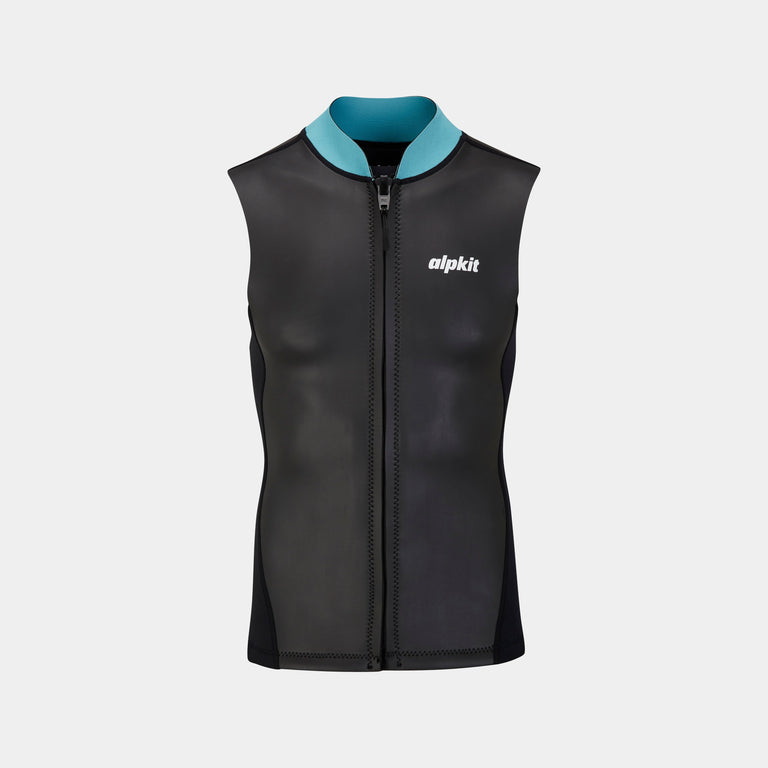
![Element Wetsuit Vest [Mens]](http://alpkit.com/cdn/shop/products/element-mens-vest-shorts-ecom-2_bed513c4-b564-4446-856d-d889f90f885e.jpg?v=1695902060&width=768)

![Element Wetsuit Pants [Mens]](http://alpkit.com/cdn/shop/products/element-mens-jacket-pants-ecom-2_38dbf092-f607-4bbd-bd7a-0477da29bcef.jpg?v=1695902051&width=768)
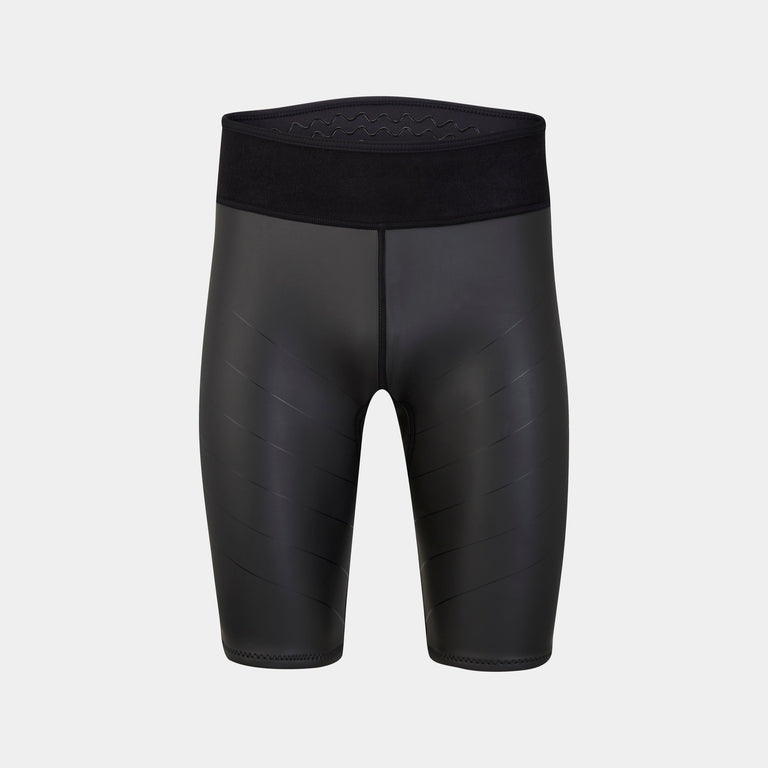
![Element Wetsuit Shorts [Mens]](http://alpkit.com/cdn/shop/products/element-mens-vest-shorts-ecom-2.jpg?v=1695902057&width=768)
![Element Wetsuit Shorts [Womens]](http://alpkit.com/cdn/shop/files/womens-element-shorts.jpg?v=1702653059&width=768)
![Element Wetsuit Shorts [Womens]](http://alpkit.com/cdn/shop/products/element-womens-vest-shorts-ecom-1.jpg?v=1702653054&width=768)
